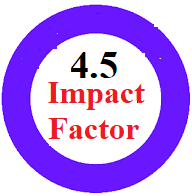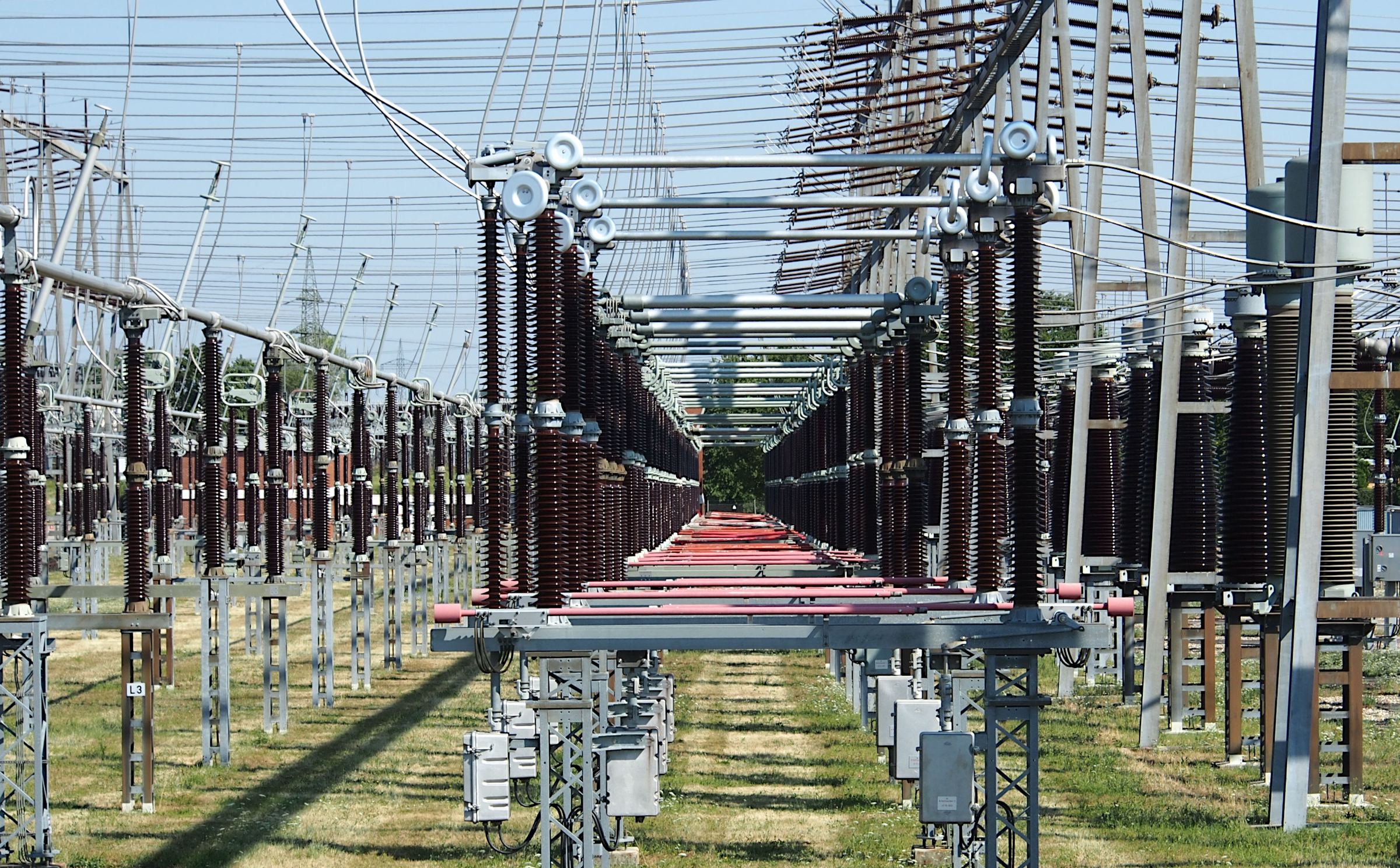GEOTECHNICAL SITE INVESTIGATION AND SEDIMENTATION ANALYSIS FOR THE OPTIMIZATION OF SAND TRAP DESIGN AT THE KOTO HYDRO POWER PROJECT, DIR LOWER, KHYBER PAKHTUNKHWA, PAKISTAN
Abstract
The Koto Hydropower Project in Koto Town, District Lower Dir, Pakistan, focuses on harnessing Panjkora River energy, with this study detailing the geotechnical investigation informing its sand trap design. The site lies within the geologically complex Kohistan Complex, featuring major thrust faults, diverse crystalline rocks (granites, gneisses, schists), and varied weathering/metamorphism. Rock properties, including variable permeability due to foliated schists and weathering, plus fault-induced fractured zones, critically impact strength, permeability, and localized instability. A geotechnical investigation primarily utilizes data from four boreholes directly relevant to the sand trap investigation and in-situ SPT/CPT, revealed permeability from 10−3 to 10−7 cm/s and shear strength from 20° to 40° (average 30°), with lower strengths in weathered/fractured areas. These findings were crucial for optimizing the sand trap's design, influencing its sizing, hydraulic design for flow variations, foundation stability near faults, reinforcement in low-strength areas, and material selection for durability against erosion/clogging. The optimized sand trap ensures efficient sediment removal, crucial for the hydropower plant's longevity, operational efficiency, and reduced maintenance costs.
Keywords -(Dir Lower, Koto Hydropower Project, Sand Trap)
















